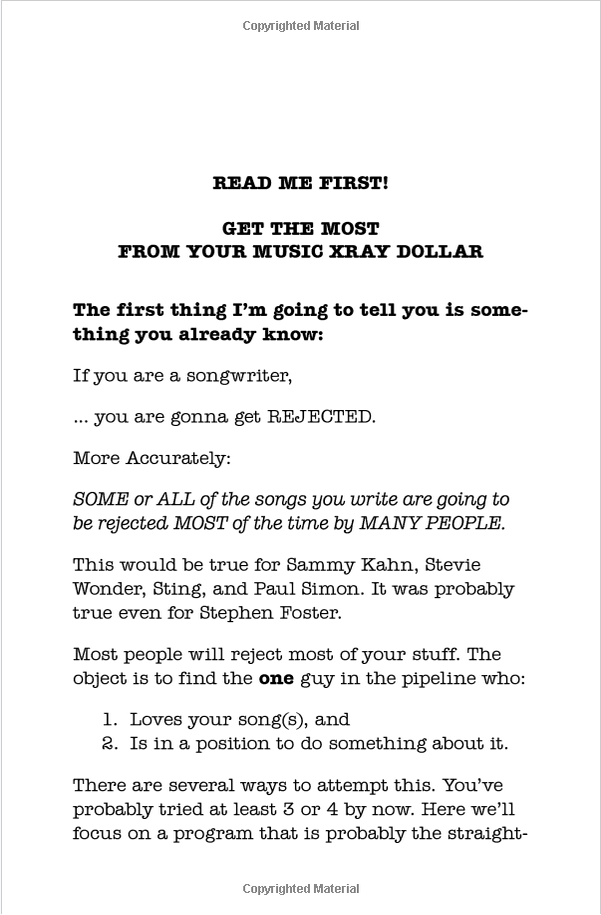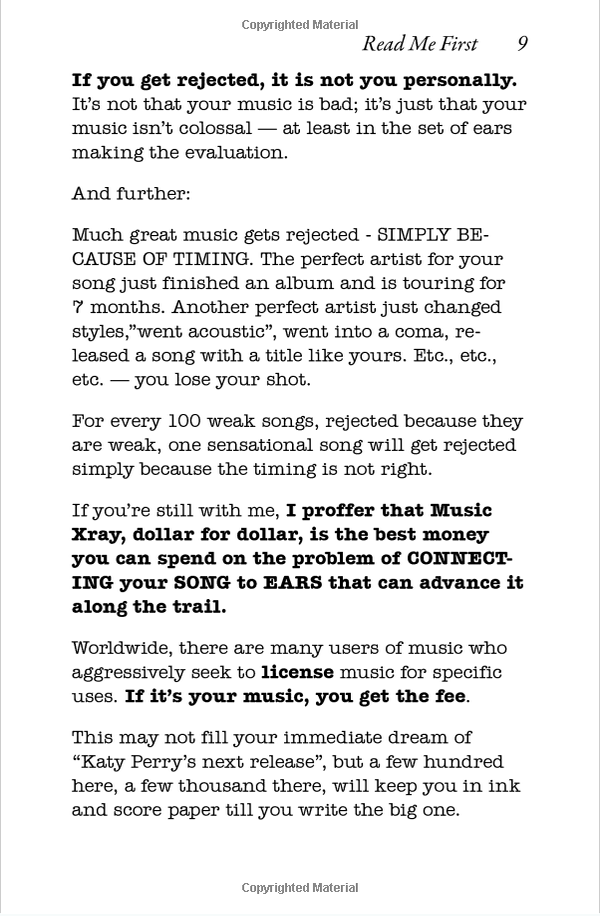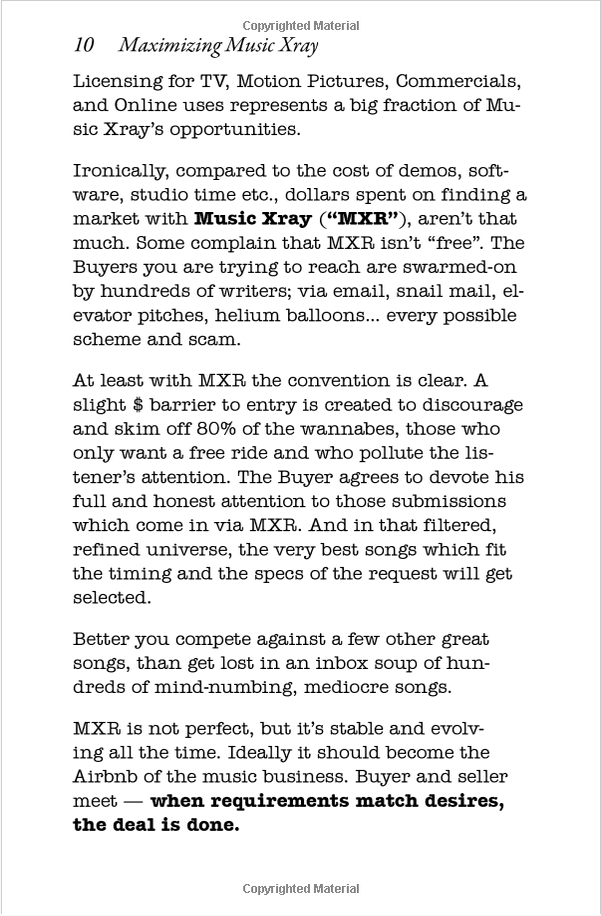billboard.com – Chuck Hodes/FOX
The first season of Lee Daniels and Danny Strong’s Fox hip-hop drama Empire featured seemingly every soap opera trope under the sun. There were breakups and affairs, cat fights and cutting words, mistaken paternity and murder. But it wasn’t just the core cast of the hip-hop musical who were able to play out some of the juiciest storylines: Guest stars and musical collaborators fleshed out the world and added even more decadence — and drama.
As Strong told The Hollywood Reporter, the writing staff on Empire’s first season was open to a number of different power players coming in to perform alongside the likes of Terrence Howard, Taraji P. Henson, Jussie Smollett, Trai Byers, Bryshere Y. Gray and the rest of the Empire cast. And it was a good thing they had that attitude, as the show had everyone sitting up and taking notice.
“Jennifer Hudson wanted to be on the show before we had even aired! We wrote [Michelle] for her because we heard she wanted to be on it, and we were all so excited because she’s so talented and such an amazing singer. It was like, ‘Sign us up!'” Strong says.
That kind of open-minded approach is something the red-hot series will carry into its previously announced second season. With that in mind, THR caught up with the cast of Empire to see who they wanted to see on the show in season two.
Smollett was the first to bring up Oprah Winfrey. When THR talked with him for Jamal’s coming-out episode (“The Lyon’s Roar”), he half-joked that Jamal should be sitting down with Winfrey for an interview. But of course, he’s not the only one who would want Winfrey to appear on the show — in any capacity. Kaitlin Doubleday (Rhonda) said she didn’t care who Winfrey played, she just wants “to learn about life” from her on set. And Daniels himself has admitted to courting her, noting he is “wearing her down.”
Another name that came up often was Denzel Washington. He and Byers worked together on Antwone Fisher, and Byers wanted nothing more than for Washington to somehow be a part of Andre’s storyline. “Maybe he could play a doctor — a doctor trying to help Andre. He knew me well when I was younger, and he would be trying to help Andre now.”
Grace Gealey (Anika) also picked Washington as her dream guest star, though she didn’t specify that she had to be in a story with him if it ever came to pass. “I just want the genius that is Denzel; I don’t care who he plays!” she laughed.
For the most part, though, the cast kept coming up with names of those who could double as dream musical collaborators for various characters. Smollett rattled off Mariah Carey, Janet Jackson, Kanye West and Brandy Norwood in quick succession, giving an excited “Hell yeah!” when asked if he wanted to sing with any of them.
“Did you think I wanted them to just come on and cameo and walk around in the background? No, we have to do a song! Father Lee needs to pick up his damn contacts on his phone!” he said with a laugh, adding that Jamal still has to release his album and will need collaborators on the record.
Doubleday seconded Smollett’s choice of Jackson but added Missy Elliott and Justin Timberlake to her wish list, keeping it all in the Timbaland family. “I grew up on music like Timberlake,” she says.
Gealey thinks Beyonce could add some flair and give diva Cookie a run for her money, and Byers agrees. Byers also wants to see Beyonce’s boy Jay Z come with her, as well as the great Aretha Franklin. “How amazing would that be?!”
Although Gray showed love for Queen Latifah, Keke Palmer and Black Thought in the dream guest star/collaborator capacity, he was quick to note that he was open to anyone. “Just talent,” he said when asked what he was looking for in a dream guest star. “Just talented actors and talented performers who will continue to make the show great.”
Who is on your wish list for season two? Share your thoughts in the comments below.
This article originally appeared in THR.com.




















